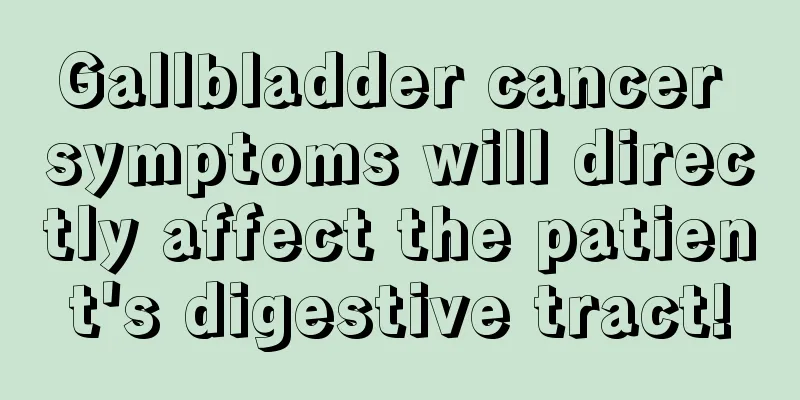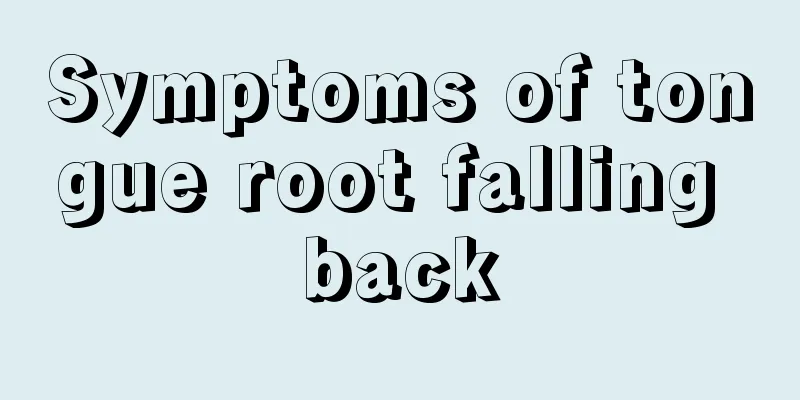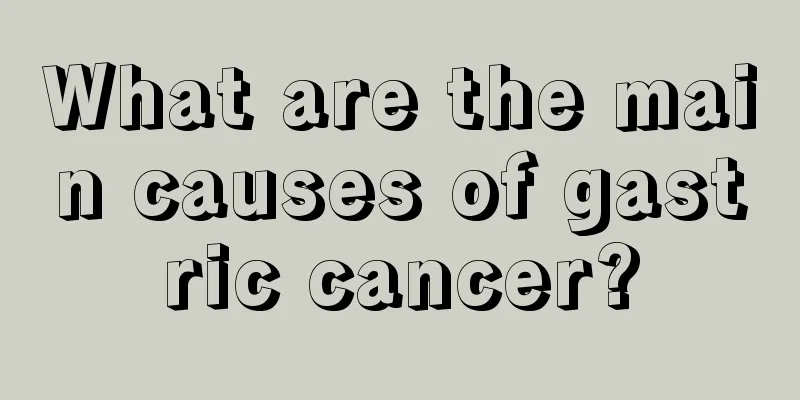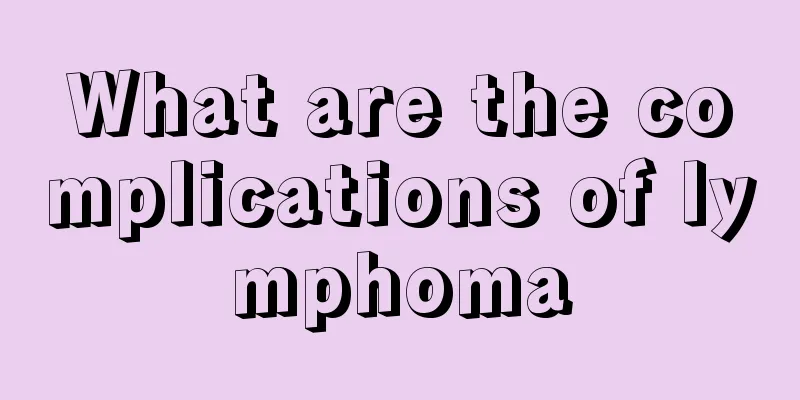How to treat testicular cancer

|
Testicular cancer is a very serious male disease that occurs in the testicular tissue of men and is also an important factor that easily leads to male infertility. Timely treatment of testicular cancer is the key. So what are the treatments for testicular cancer? How to treat testicular cancer? Today I will introduce to you the treatment methods for testicular cancer. The main treatments for testicular cancer are: 1. Cik therapy CIK therapy is the fourth latest tumor treatment method after surgery, radiotherapy and chemotherapy. This therapy extracts mononuclear cells from 50-100ml of peripheral blood of patients, culture and amplify them in a sterile GMP laboratory in vitro, increase their tumor-killing activity by several to dozens of times, and then infuse them back into the patient's body. This therapy can not only accurately kill and remove residual and tiny tumor lesions, but also quickly activate the human immune system, stimulate the body to produce anti-tumor immune response, and effectively prevent the spread and recurrence of cancer cells. The treatment of testicular tumors is divided into surgical treatment, radiotherapy and chemotherapy. The basic surgical method is orchiectomy and retroperitoneal lymph node dissection. Radiotherapy is extremely sensitive to seminoma, embryonal carcinoma and malignant teratoma are less sensitive to radiation, and choriocarcinoma is extremely insensitive to radiation. Testicular tumors respond well to chemotherapy. It is generally believed that chemotherapy has a better effect on seminoma, embryonal carcinoma and choriocarcinoma, especially when several drugs are used in combination, the effect is better. It is less effective for teratoma. Chemotherapy also has a certain effect on advanced or recurrent cases. Retroperitoneal lymph node dissection Since non-seminomatous germ cell tumors such as embryonal tumors and teratomas are not sensitive to radiation, retroperitoneal lymph node dissection should be performed after orchiectomy, and cases in stage I and II can be cured. There are many surgical methods, and different methods have their own advantages and disadvantages. It is advocated to use a median incision from the xiphoid process to the pubic symphysis for retroperitoneal lymph node dissection. The range of resection includes the upper limit to 2 cm above the bilateral renal pedicles and the renal pedicles, the abdominal aorta and inferior vena cava to the iliac blood vessel intersection and the upper third of the ipsilateral iliac blood vessels, both sides to the bilateral ureters and spermatic cords, and all lymph nodes, fat and pedicle tissue in the fascia around the ipsilateral kidney. Regarding the timing and operation of retroperitoneal lymph node dissection, it is generally believed that: 1. Time of surgery: performed at the same time as orchiectomy or two weeks later. 2. Lymph nodes should be removed in anatomical order, and an en bloc removal should be performed. 3. When dissecting lymph nodes next to the large retroperitoneal blood vessels, be cautious and gentle to avoid damaging the large blood vessels, and do not over-twist the renal pedicle vessels. 4. If chemotherapy is needed after surgery, it should be done two weeks later. 3. Orchiectomy It is applicable to any type of testicular tumor, and emphasizes that radical orchiectomy should be performed through the inguinal route. The method is: the operation uses an oblique incision in the groin to reach the top of the scrotum, separate the spermatic cord, ligate and cut the spermatic cord and blood vessels at the internal inguinal ring, and then remove the testicle and its tumor. Simple orchiectomy often cannot achieve a thorough surgical removal effect, and retroperitoneal lymph node clearance is required to achieve the purpose of radical cure. Patients who receive this treatment may worry that removing a testicle will affect their sexual ability and may cause infertility. |
<<: How to treat testicular cancer
>>: What are the treatments for testicular cancer
Recommend
Attention! Lack of sleep is the primary cause of advanced gastric cancer in patients
In recent years, gastric cancer has become one of...
There are bloodshot on the ankles_There are red bloodshot on the ankles
The ankle is an area that may be noticed by every...
What exercises can patients with cervical cancer do
What kind of exercises can patients with cervical...
How long can you live with kidney cancer?
Kidney cancer, also known as renal cell carcinoma...
What are the effects of Quanjian malt extract
Quanjian malt extract is considered by many peopl...
Is moderately differentiated hepatocellular carcinoma scary? It needs to be treated as soon as possible
Is moderately differentiated hepatocellular carci...
What are the symptoms of urticaria?
Urticaria is a relatively common skin disease wit...
Are mosquito repellent bracelets really useful?
Summer is here, and people can finally wear beaut...
Can you drink the well water?
Well water is a common source of drinking water i...
What causes gallstones? Understand the cause and take precautions
Why are more and more people suffering from galls...
What are the conditions for not radiotherapy for breast cancer
What are the conditions for not radiotherapy for ...
What causes onychomycosis? Fungal infection is the most common
Onychomycosis is the onychomycosis. Common causes...
There is a raised bump on the left back of my head
In life, we always find some lumps on our bodies ...
Will gallbladder cancer definitely recur?
Gallbladder cancer is the most common type of mal...
What's wrong with my heart beating wildly
In our daily lives, many people are very concerne...









